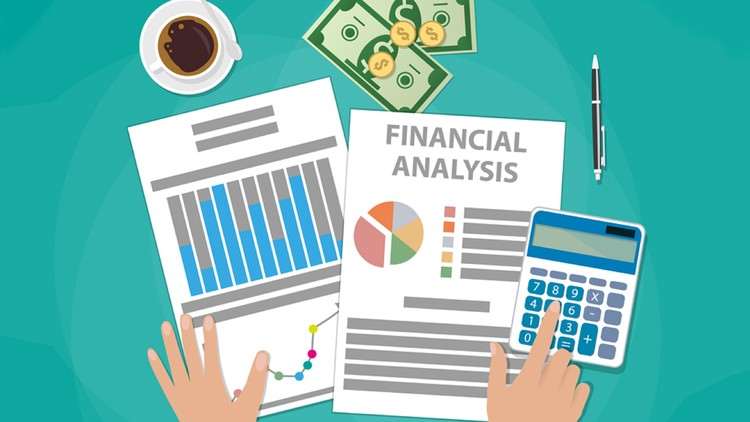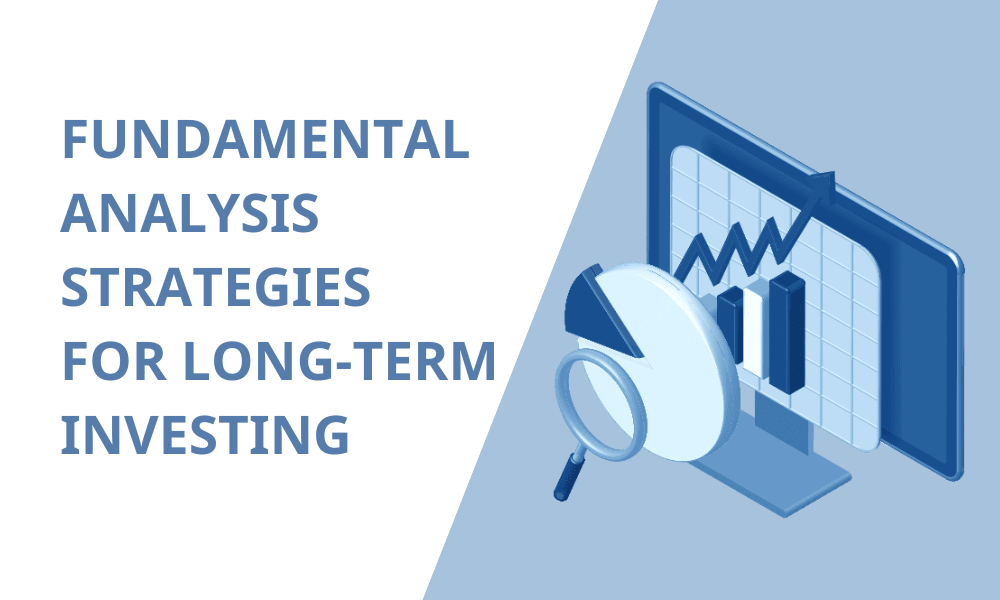As an expert in the integration of cutting-edge tech, I’m thrilled to discuss the use cases of AI for development in emerging markets. Imagine fields that thrive while using less water or hospitals that predict illnesses before they spread. Picture a world where anyone can bank with a tap on their phone, and where learning is tailor-made for every child. This isn’t a scene from the distant future; it’s happening now as emerging markets embrace AI. From farms to classrooms, artificial intelligence is not just a tool but a revolutionary force. Ready for a tour of transformation? Let’s dive into how AI is making waves across sectors that matter deeply to developing economies.
Leveraging AI for Agricultural Advancement in Emerging Markets
Enhancing Crop Yields with Predictive AI Technologies
Farmers in emerging markets now use AI to see into the future. How? They rely on AI in crop yield prediction. AI helps them know how much they will harvest. This means they can plan better and make smarter choices.
First, AI looks at tons of data. This includes past weather, plant health, and soil conditions. Then AI uses patterns to guess future crop growth. This helps farmers decide when to plant and what crops to pick. They can also guess how much they will harvest. This reduces waste and lifts their income.
Sustainable Practices through Precision Farming and Soil Health
AI also leads the way to greener farming with less waste. Precision farming with AI delivers just the right water and nutrients to crops. This means farms use less and still grow more.
Machine learning for soil health checks on soil quality often. It tells farmers how to keep their soil healthy. This means better crops year after year.
AI uses satellite imagery and AI in farming. It checks crops from above and tells farmers about any trouble spots. Plus, if pests show up, AI in pest management steps in quick. Drones take pictures and help fight off the pests with spot treatments.
Agricultural drones and data analysis give a big picture of the whole farm. They track how things change over time. This means farmers can adjust and always stay ahead of problems. These methods help save costs and increase profit.
Then there’s water, which all farms need. AI for water resource management uses weather data and soil moisture to smartly use water. This means no water gets wasted.
Farming automation using AI takes over dull tasks. This sets free the farmer’s time to tackle more complex issues. It creates a smooth ride from seeding to harvest.
Sustainable agriculture AI solutions ensure that farming respects the planet. This not just helps farms last longer. It also takes care of our world for all our future.
By using AI, emerging markets take giant leaps in farming. They grow more food, use less, and keep the land healthy for the coming years. It’s a win for both people and the planet.
Revolutionizing Healthcare in Emerging Economies with AI
AI-Driven Diagnostics and Remote Health Monitoring
Let’s dive into how AI changes healthcare far and wide. In places where doctors are few, AI helps bridge the gap. It’s like having a smart helper that never gets tired. Imagine a village where the nearest hospital is very far. Now, with AI, a small clinic can use tools that read x-rays or spot diseases quickly. This means sick folks can get better help, fast and without traveling far.
AI in telemedicine lets patients chat with doctors using video from any place. It helps doctors keep an eye on their health from afar. Machine learning, a part of AI, is great at finding patterns. It can look at tons of data and predict if diseases like flu might spread.
It makes you wonder, how does this tech get so smart? Well, experts teach it using patient data. Over time, AI learns to spot health troubles. It also learns to suggest the best treatments. With each patient it helps, it gets even better at its job.
We’re not just talking about colds or flu here. AI is also nailing it at finding bigger problems like cancer early on. Just by scanning images, AI can alert doctors to take a closer look. This saves lives, and that’s huge!
Improving Healthcare Accessibility and Resource Allocation with AI
Getting medicine and tools to where they’re needed is a big task. AI makes it easier by showing which areas need more help. It can track where diseases might show up and send supplies ahead of time. This smart planning means everyone can have a fair shot at staying healthy.
AI also shines in rural spots. Here, healthcare apps on phones can offer advice day or night. These apps are easy to use. Even if someone can’t read well, the app can use pictures or voice to help out. For those living miles from a doctor, this is a big win.
In the city, hospitals can get pretty busy. Using AI, they can figure out which cases to see first. This means they can help more people in less time. It’s like having a super-fast assistant that helps organize your day.
When it comes to medicines, AI steps in too. It can look at how diseases react to drugs and find new ways to beat them. This could lead to better medicine for everyone some day.
AI doesn’t just help doctors; it’s also great for people who run clinics and hospitals. It tells them how to use their stuff wisely. It helps them keep good care affordable. Because in the end, we all want to get better without breaking the bank.
And there you have it. AI isn’t just about robots or fancy gadgets. It’s about real help, right now, in hands across the globe. It’s changing lives, one smart diagnosis at a time.
Fostering Financial Inclusion through AI Integration
Innovations in Credit Scoring and Mobile Banking
Emerging markets now see a new dawn. AI steps in to light the way. It changes how folks can get loans. Now, they can buy homes or start businesses. Imagine you’re in a small town. Banks said “no” because you have no credit history. Enter AI. It comes, it sees, it gives scores. Not just any scores. It looks at how you spend, save, and even how you use your phone. It’s like a financial Sherlock Holmes.
Mobile banking isn’t just a trend. It’s a lifeline. With a tap, folks send money home. With another, they pay for a doctor. The bank? It’s right there in their pocket. AI makes it all secure and quick. This way, families stay on top, even from miles apart.
Utilizing AI for Fraud Detection and Financial Literacy
Fraud is like a sneaky thief. But AI is the guard that never sleeps. It learns patterns. It spots the odd ones. So when money goes where it shouldn’t, AI raises a flag. Banks act fast, and your hard-earned cash stays safe.
But there’s more. AI turns into a teacher too. It helps people learn about money. It’s like having a wise friend. One that teaches saving and spending wisely. This way, everyone gets to play smart with their bucks.
With AI, everyone gets a fair chance. No one’s left behind. It’s all about bringing people into the financial sunshine. The future looks bright, and AI holds the torch high.
Transforming the Educational Landscape with AI
AI Applications in Personalized Learning and Accessibility
Learning at one’s own pace is a game-changer. AI makes this real for millions. Smart software can spot where a student is struggling. It then adapts the lesson to help them. This AI method supports both students and teachers. It gives each student a personal learning path.
Picture a classroom where every child learns in a way that’s best for them. AI does that. It can also speak many languages. This helps kids learn in their mother tongue. It eases their way into global education. More, it keeps local languages alive.
Now, about kids who learn differently. AI tech helps them join regular classes. It offers new ways to learn and express ideas. Even for kids who can’t see or hear well, AI has tools for them. They get to learn along with everyone else.
The Role of AI in Educational Resource Optimization and Literacy Advancement
Books and good teachers are not in all places. AI is changing this bit by bit. It brings learning resources to far-off places. Through the cloud, AI sends books and lessons right to students. This means even a child in a village can learn like those in a city. AI analytics also help schools use money well. They can put it where it’s needed most.
AI helps kids learn to read and write better and faster. It spots when they get stuck and helps them over the tough spots. With tech like speech-to-text, writing gets easier for kids. They can say it out loud, and AI writes it down for them.
Tech is now a big part of farming, health, and money tasks. So, it makes sense for learning to get high tech too. It’s about giving every child a chance to grow and dream big. AI can help make these dreams come true. It opens doors we didn’t know were there.
With AI, the word ‘impossible’ gets smaller every day. Every child deserves the best start. AI is a strong tool to make that happen. And it’s just the beginning. With more and more use, AI will keep making learning better for everyone.
In this post, we explored how AI can boost farming, health, money matters, and learning in new markets. We saw AI predict crop growth, making farms give more food using less. It also keeps soil healthy for future plants.
Health care gets a lift from AI, too. It helps doctors spot sickness fast and keep an eye on health from far away. This means more folks can get the help they need, even without many doctors or big hospitals.
When we talk money, AI makes it fair. It helps people get loans and bank from their phones. AI also fights fraud and teaches people about smart money moves.
In schools, AI makes learning fit each kid’s need. It finds ways to use school stuff better, so every child learns more, easier.
All these changes from AI can help people live and learn better. AI is like a friend that comes with a power boost for the jobs we need to do. Let’s use it well and make life better for everyone.
Q&A :
What are the primary benefits of using AI in emerging market development?
The integration of Artificial Intelligence in the development of emerging markets holds the promise of significant benefits. AI can optimize resource allocation, improve agricultural outcomes through predictive analytics, enhance healthcare delivery via telemedicine and diagnostic AI tools, and facilitate rapid advancements in education through personalized learning. Moreover, it can contribute to economic growth by fostering innovation and creating new market opportunities through data insights and automation processes.
How is AI transforming small businesses in emerging economies?
Small businesses in emerging economies can harness the power of AI to leapfrog traditional growth stages. Artificial Intelligence aids these businesses in various ways, such as streamlining supply chains, tapping into consumer behavior patterns to drive sales, reducing operational costs through intelligent automation, and enabling access to digital marketing tools that level the playing field with larger competitors. It also assists in financial services like credit scoring to improve access to capital.
Can AI improve agricultural efficiency in emerging markets?
Yes, AI has a significant role in revolutionizing agriculture in emerging markets. Its application ranges from precision farming techniques that use data analytics for better crop management to drone technology for monitoring field conditions in real time. AI algorithms are employed to forecast weather patterns, predict pest infestations, and optimize irrigation schedules, all of which contribute to increased yield, reduced waste, and improved sustainability.
How does AI influence healthcare accessibility in emerging markets?
AI is a game-changer for healthcare accessibility in emerging markets by bridging gaps where there is a shortage of healthcare professionals. AI-powered applications can facilitate remote diagnosis, monitor patient health through wearable technology, and manage healthcare records efficiently. Virtual health assistants and mobile health apps can disseminate health information, triage symptoms, and ensure communities have better access to healthcare services even in remote locations.
What role does AI play in the education sector in emerging economies?
AI is pivotal in transforming the education sector of emerging economies by enabling personalized learning experiences, automating administrative tasks, and providing tools for language translation and learning. AI educational platforms adapt to individual learning styles and pace, resulting in more effective learning outcomes. It also helps educators by analyzing performance data to identify areas where students may need additional support. With AI, educational resources become more accessible, significantly benefiting remote or underserved communities.






